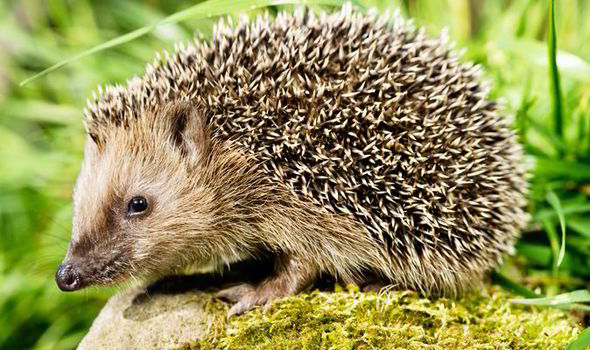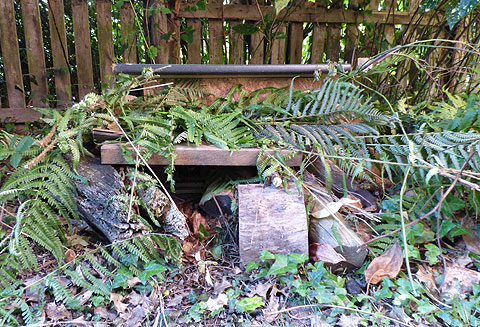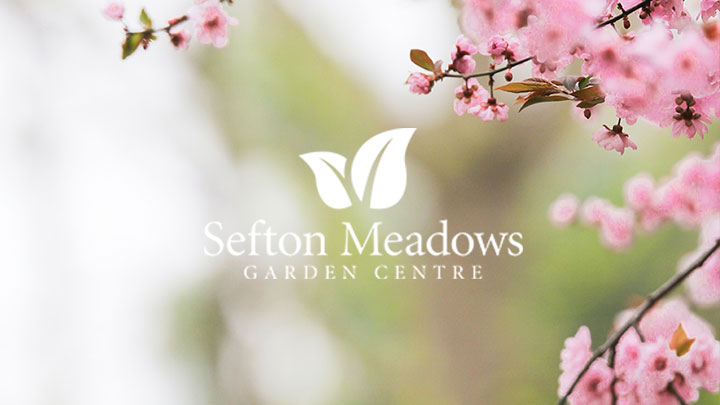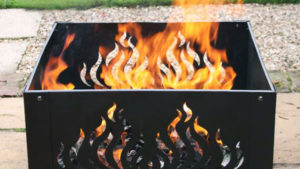
The number of hedgehogs spotted in English gardens has been steadily declining over the last few years. A study undertaken in 2015 by the British Hedgehog Preservation Society shows that the urban hedgehog population has declined by a third since 2000, and the countryside population by up to three quarters.
Reasons for this are unconfirmed, though there are several good theories. Changes in farming habits, with the rise of industrial scale agriculture and chemical pesticides has affected the natural balance in the earth. While not directly harming hedgehogs, these practices affect the soil, which affects macroinvertebrates likes worms, which results in less food for hedgehogs.
Within towns and cities the environment simply becomes less and less hedgehog friendly. Smaller, more closed off gardens result in less space for hedgehogs to roam – it’s thought that a small community ideally requires around 90 hectares of natural growth for a habitat. Garden trends such as paving, decking and minimalist designs create even less natural space for spiky mammals to live in. And there’s the oft depicted issue of busy roads versus these slow moving creatures.
It’s thought that if the trend continues, the British hedgehog could become extinct within the next 10 years. So what can we do to help?
Creating a hedgehog friendly garden
Access
First of all, you need to ensure that hedgehogs can find their way in. Fences have replaced hedges as the barriers between many modern gardens, and that’s what’s preventing hogs from roaming between habitats. Cutting a small hole (around five inches) at the bottom of a garden fence will allow these creatures to pass through from garden to garden.
Shelter

Hedgehogs need a protective shelter to nest in throughout the winter. You can buy ready made hedgehog homes or simply stack together some old bits of wood, or an empty crate, and add a tunnel entrance and ventilation to create a safe space for them. Cover with leaves, soil and moss for insulation and a polythene sheet for rain protection to ensure it doesn’t collapse.
Another great and easy way to create a friendly atmosphere for a hedgehog is to let a corner of the garden grow wild, and adding a small log pile for them to curl up in.
Food and Drink
Hedgehogs are scavengers and are adept at finding nutrition in wild growths. But to give them a little helping hand in a less friendly environment, it’s a good idea to leave out a small bowl with cat or dog food. Also good are mashed up boiled eggs, chopped nuts, dried mealworms or sultanas, as well as water to drink. Don’t leave out bread or milk for hedgehogs, as these will make them sick and could even kill them. Ready made hedgehog food is also available at pet shops.
Hedgehogs also eat slugs and other garden pests, so they’re a good animal to have in your back yard. For this reason they’re often known as the “gardener’s friend”.
Aid
If you do find a hedgehog in the garden that looks like it’s in need of help, gently pick it up while wearing gardening gloves and bring it inside. Keep it in a high sided cardboard box with an old towel at the bottom that it can crawl under, and place a covered hot water bottle in there, ensuring there’s enough room for the hedgehog to crawl off it if it is too hot. Provide the animal with some of the foods listed above and a bowl of water.
To get more help contact the British Hedgehog Preservation Society, who will be able to offer more advice and details of local rescue centres and services. The BHPS can be contacted on 01584 890 801 and more information about them is available on their website www.britishhedgehogs.org.uk.
With the hedgehog population dwindling, it’s important to do all that we can for these creatures. If you’ve helped or saved hedgehogs in your garden then we want to hear your story in the comments. Or let us know what other ways you’ve been helping create a more hedgehog friendly environment in your own gardens and communities.
And remember, with the 5th of November coming up, to check log piles and bonfires before lighting them for anything that may have crawled in there for shelter.



